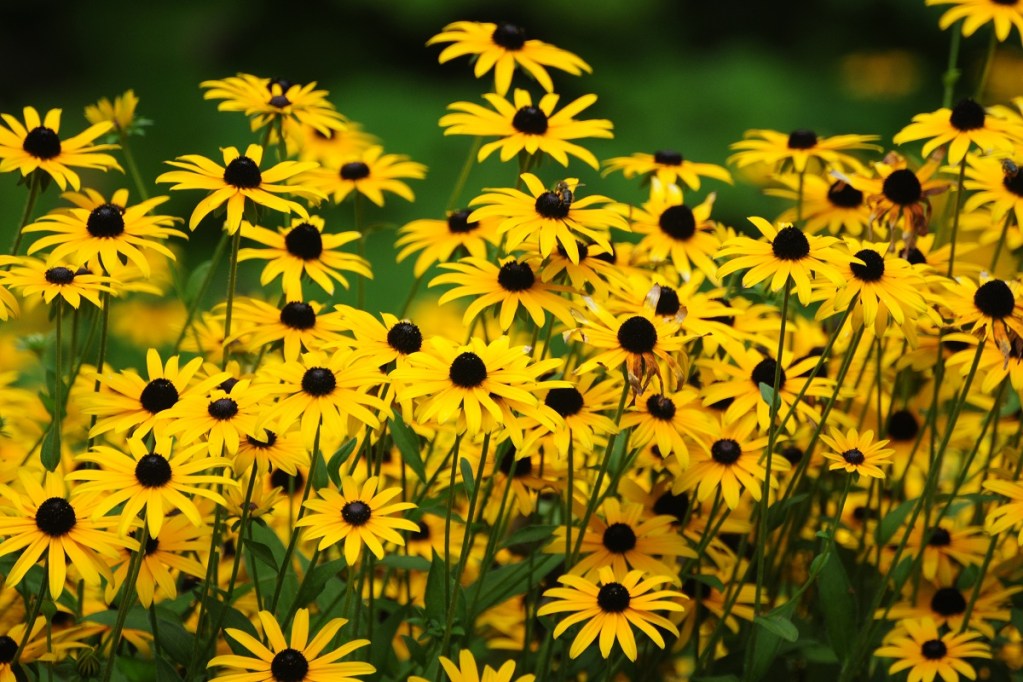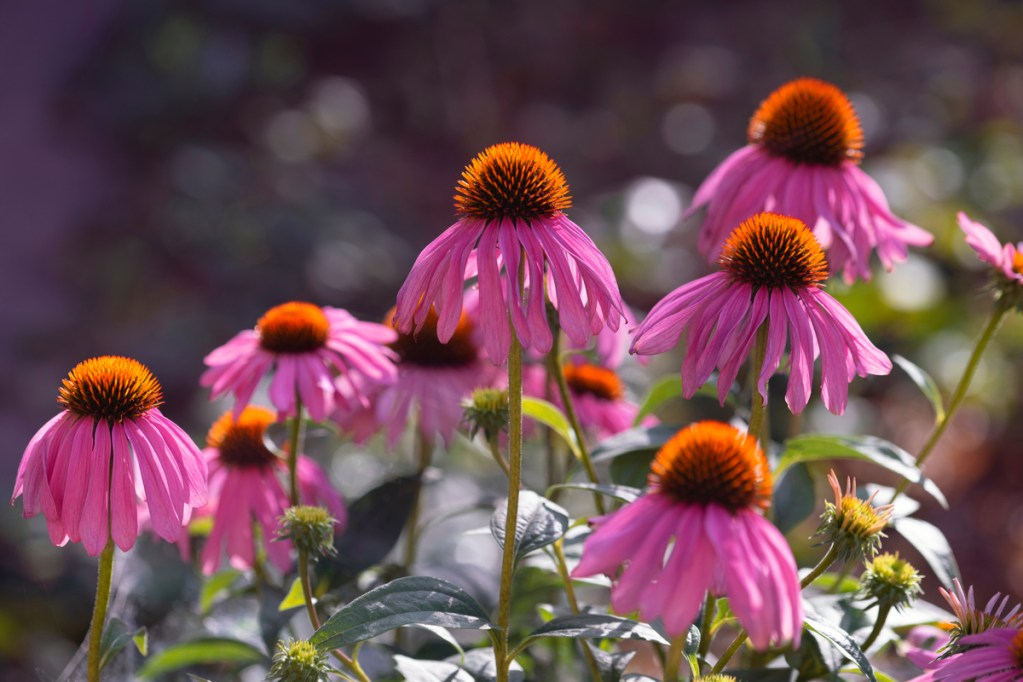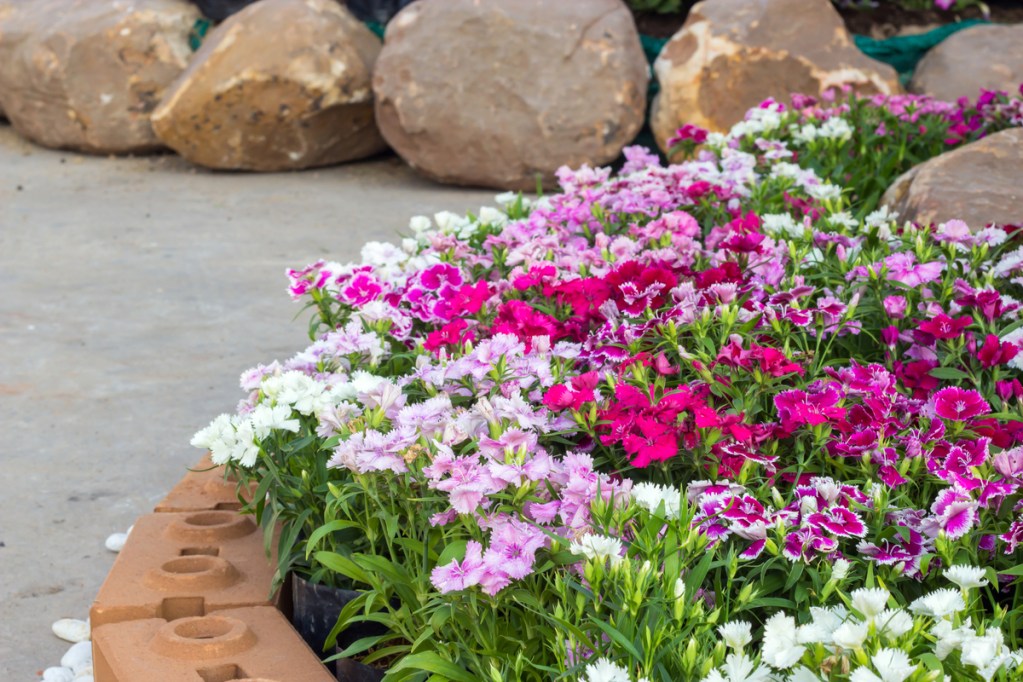
Gardening is a fantastic hobby that can improve your mood, give you tasty fruits and vegetables, and help your local ecosystem. It’s easy to scale to fit your individual lifestyle, from tiny kitchen herb gardens to sprawling orchards, but it can still be tricky to figure out where to start.
Low-maintenance perennials are an ideal beginning place, as they require little care and won’t need to be replanted year after year. Here are four low-maintenance perennial flowers that are beautiful and perfect for beginners.
Coneflower

Coneflowers, also called Echinacea, are native wildflowers in the daisy family. One of the more commonly planted coneflower species is purple coneflower, but there are also species and varieties with red, yellow, pink, and orange flowers. They are particularly popular with birds and pollinators.
Plant coneflowers in full sun or full sun with light afternoon shade and well-draining soil. They can tolerant drought and heat, and while they appreciate watering, they can also withstand some neglect. This resilience, along with their beauty and ability to attract birds, makes coneflowers an excellent plant for beginners.
Dianthus

Dianthus, also called pinks, are beautiful flowers perfectly suited to both containers and gardens. There are many types of dianthus, one of the more common ones being carnations. Dianthus grows best in full sun, but it can tolerate partial shade as well. These plants appreciate regular watering whenever the soil is dry.
However, they are also quite forgiving. If your care routine falters, you can pick it back up and your dianthus plants should perk back up. Coming in shades of red, pink, purple, and white, dianthus flowers are a charming addition to any beginner’s garden.
Yarrow

The yarrow plant is an herb that’s particularly popular with pollinators, including ladybugs. Yarrow plants feature clusters of tiny white or yellow flowers at the ends of tall stems, resembling Queen Anne’s lace somewhat. Plant your yarrow flowers in full sun for the healthiest growth, but if necessary, they can tolerate some shade.
Yarrow prefers dry, well-draining soil and is quite drought tolerant, making it a great option for gardeners who have less time to devote to watering a garden. When it comes to soil, less is more for yarrow plants. They will grow in poor to average soil.
Black-eyed Susan

Rudbeckia hirta, commonly called black-eyed Susan, is a native wildflower that resembles a small sunflower. Similarly to coneflowers, black-eyed Susans are popular with birds and pollinators. They’re incredibly resilient and easy to grow. They thrive in full sun and well-draining soil, and once planted, they don’t need much care.
Water during long-lasting droughts can be beneficial, and you can deadhead your black-eyed Susan if you want to extend the bloom time. You can also leave the spent flowers and let your local birds eat the seeds. Some of the seeds are likely to fall and begin to grow!
These low-maintenance perennial flowers work perfectly as the first steps to a new gardening hobby. They’re beautiful and forgiving and can bounce back from neglect with relative ease. Low-maintenance perennial flowers like these four are also excellent ways to build up your confidence and learn the basics of gardening. No matter what your skill level or experience with gardening is, these four flowers are sure to be a great addition to your garden.



